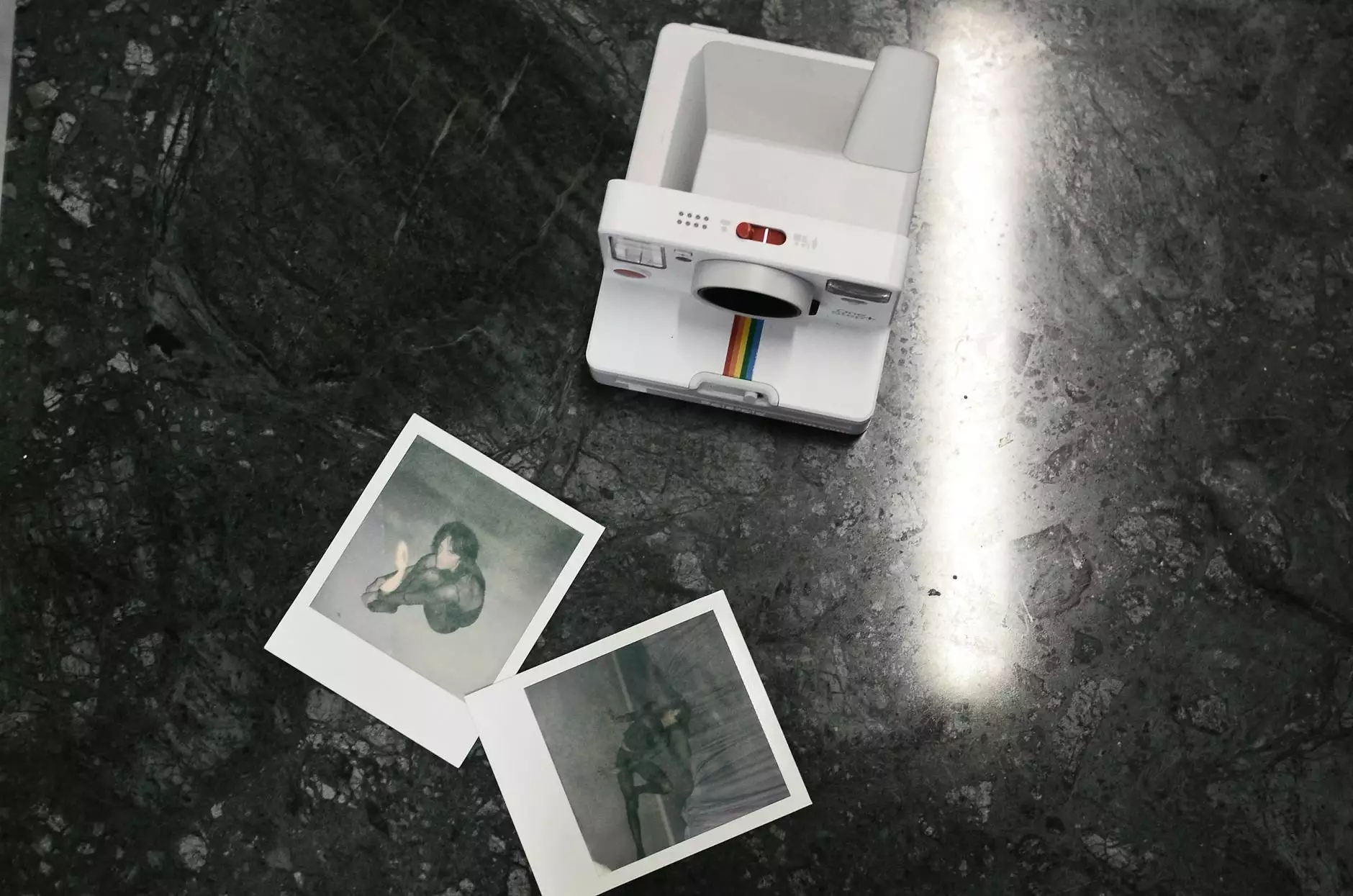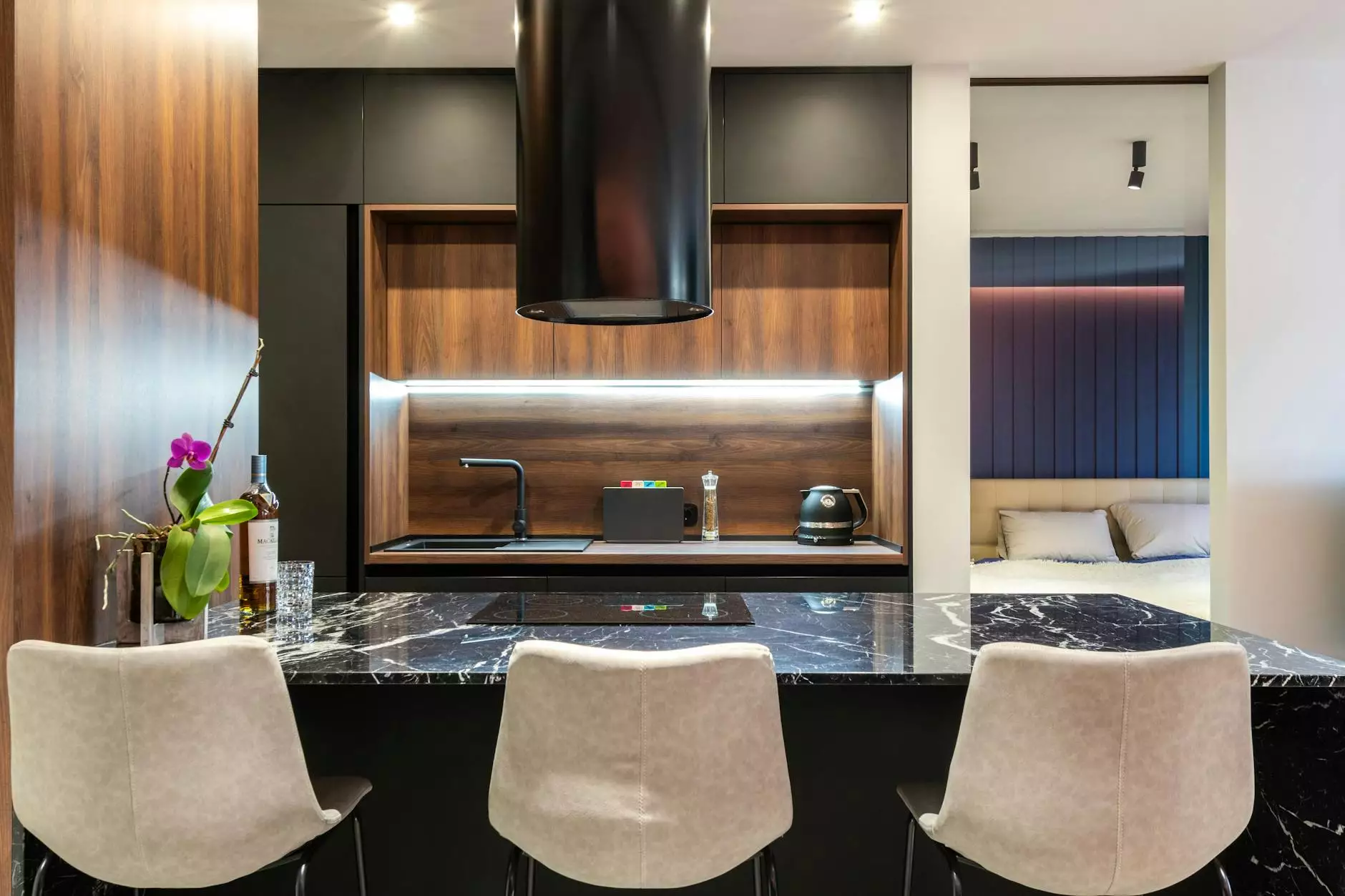Definition of the term Weep Screed
Services
What is a Weep Screed?
A weep screed is an essential component in the construction of buildings, particularly in areas with heavy rainfall or high humidity. It is a metal strip or flashing that is installed at the base of exterior walls, between the foundation and the exterior cladding materials.
The Importance of Weep Screeds
Weep screeds play a crucial role in moisture management and preventing water damage. They allow for the safe drainage of water that may penetrate the exterior walls, ensuring that water is directed away from the building rather than seeping into the interior or causing structural damage.
How Does a Weep Screed Work?
A weep screed is designed with small, evenly spaced openings or "weep holes" that allow water to drain out. These weep holes are strategically placed to prevent the accumulation of water behind the cladding materials. By providing a clear path for water to escape, weep screeds help protect the integrity of the building.
The Benefits of Installing a Weep Screed
Installing a weep screed offers numerous benefits, including:
- Water Damage Prevention: Weep screeds help prevent the accumulation of water, reducing the risk of water damage to the building's structure and interior.
- Mold and Mildew Prevention: By allowing for proper drainage, weep screeds discourage the growth of mold and mildew, which can be harmful to both the building and its occupants.
- Longevity of Building Materials: The implementation of a weep screed can extend the lifespan of exterior cladding materials by preventing water-related deterioration.
- Promoting Energy Efficiency: By preventing water intrusion, weep screeds contribute to the overall energy efficiency of a building, reducing the potential for moisture-related issues that can hinder insulation performance.
- Code Compliance: Many building codes require the installation of weep screeds in specific construction applications, ensuring compliance with safety and building regulations.
Common Misconceptions About Weep Screeds
Despite their significance in building construction, there are several misconceptions surrounding weep screeds. It is important to debunk these misconceptions to properly understand the role and importance of weep screeds:
1. Weep Screeds are Optional
Contrary to popular belief, weep screeds are not optional. Building codes often mandate their installation for adequate moisture management and to prevent water damage. Failing to install a weep screed can lead to costly repairs and potential legal issues.
2. Weep Screeds are only for Stucco or Masonry Walls
While weep screeds are commonly associated with stucco or masonry walls, they are also necessary for other exterior cladding materials such as stone veneer, brick veneer, and siding. These materials may also be prone to water infiltration, making the use of weep screeds essential.
3. Weep Screeds Cause Heat Loss
Some individuals believe that weep screeds can contribute to energy loss by allowing heat to escape. However, weep screeds are specifically designed to allow for water drainage while still providing a barrier against air infiltration. When properly installed, weep screeds do not compromise energy efficiency.
Professional Weep Screed Installation and Inspection Services
At Nicholas Home Inspection & Consulting, we specialize in providing professional consulting and analytical services in the field of business and consumer services. Our team has extensive knowledge and experience in building construction, including the installation and inspection of weep screeds for optimal moisture management.
With our thorough inspections, we can assess your building's weep screed system to ensure it meets industry standards and code requirements. Trust Nicholas Home Inspection & Consulting to provide expert recommendations and guidance for maintaining the integrity of your building.
Contact us today to schedule a consultation with our team of experts!




